BURO Bar Lingo: A beginner’s guide to gin—how it’s made and the types to know of
For your ginformation
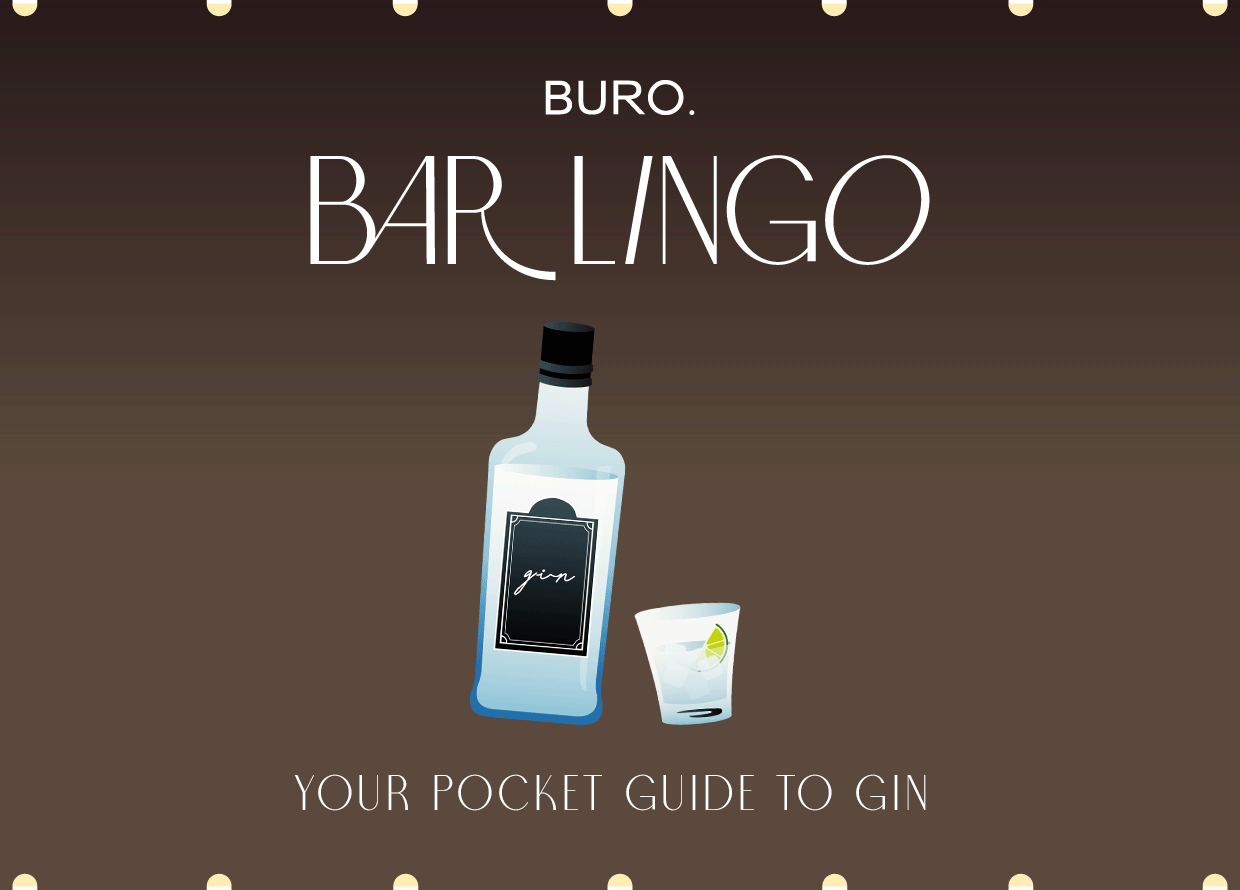
Gin is arguably one of the most popular spirits today, especially for cocktail enthusiasts. Despite being around since the medieval period, gin fell from grace in the 18th century when The Gin Craze in London caused thousands in the city to turn into destructive alcoholics—a phenomenon that came to be known as “the mother’s ruin”.
After years of relative obscurity, the craft beer and spirits movement sparked a gin revolution that has led to its rapid growth globally. In Malaysia, gin festivals such as GinRumMe and Gin Jubilee have contributed to the spirit’s local popularity.
But whilst many drinkers may appreciate a gin and tonic or a classic martini, not all can tell the different types of gin apart—or even name them. With that said, we have taken the liberty of breaking down the origins of gin, how it is made, and the four common types you should know of below.
What is gin?
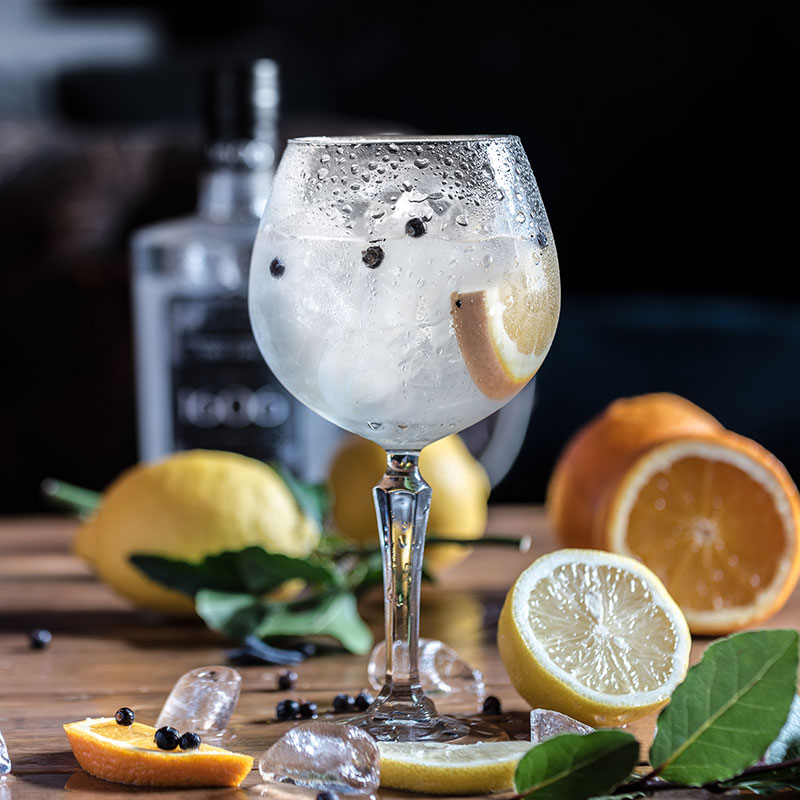
Gin is a type of alcoholic beverage produced by distilling a neutral grain spirit with botanicals (read: herbs, fruits, and spices), predominantly juniper. The balance of botanicals in a gin is what informs the identity of the brand or distillery.
Where did gin originate from?
The history of gin is somewhat hazy, with some attributing it as a medicinal liquor concocted by chemists and monks across Europe in the Middle Ages. However, the general consensus traces its roots back to Holland. Genever, which is the Dutch word for juniper, is widely touted as the forerunner of modern-day gin. Originated in the 16th century, genever is a type of malted grain-based spirit that can only be made in Holland or Belgium. By the 1700s, England began producing its own juniper-based products and started calling them gin. Production and consumption eventually skyrocketed, causing the Gin Craze in the 18th century—which led to its exponential popularity.
How is gin made?
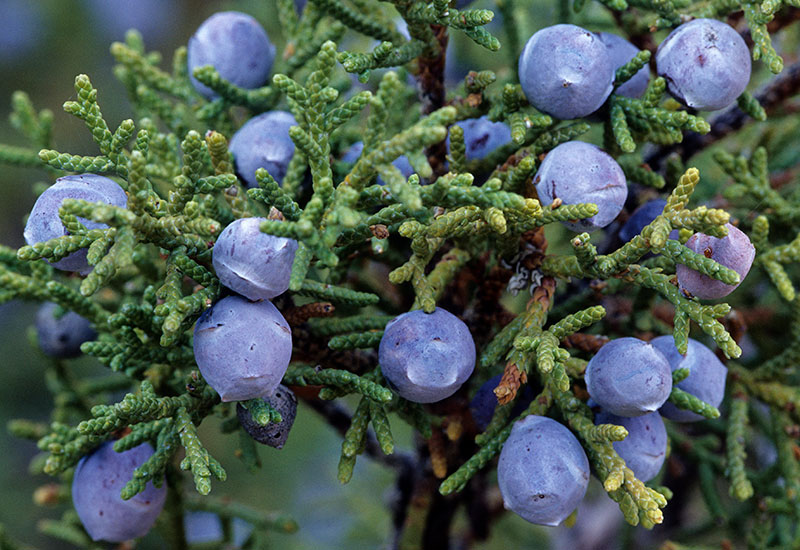
Based on the general definition of gin, it is made by distilling grain (such as wheat or barley) to create a neutral spirit, which is then redistilled with juniper and other botanicals. Gin producers may either produce their own base spirit or buy it from a source, before distilling it with botanical extracts to achieve their desired flavour profile.
There are generally three types of redistillation methods:
Steeping
This traditional technique involves mixing the spirit and botanicals in a pot still over a heat source so that the essential oils are released from the botanicals. This can be done promptly or left to steep for up to 48 hours.
Vapor infusion
This method uses a modified still known as a Carter-head still, which is equipped with a suspended basket. The basket contains the botanicals and hangs over the surface of the base spirit, so that the ethanol vapours evaporate into the botanical basket when the spirit is heated. This allows the essential oils in the botanicals to infuse into the vapours, which then condenses back into a liquid carrying these botanical flavours.
Vacuum distillation
Also known as cold distillation, this distillation technique requires a low-pressure vacuum environment, which greatly reduces ethanol’s boiling point. Proponents of this method claim that without the extreme heat, the flavors from the botanicals remain intact.
What are the common types of gin?
London Dry
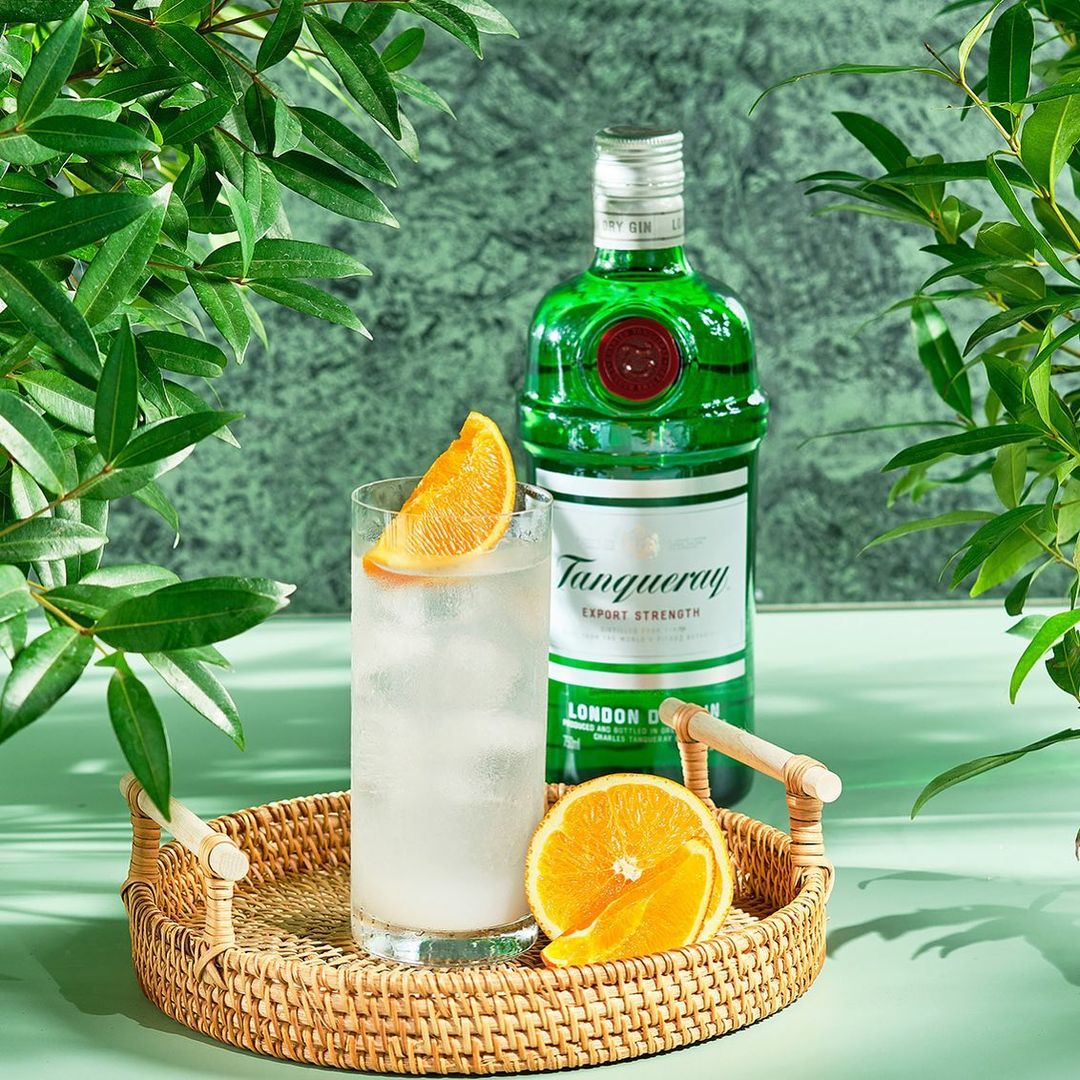
Despite originating from its namesake city in England, London Dry Gin doesn’t necessarily have to be made in London. However, a London Dry gin must meet the following requirements:
- The spirit must be distilled to a completely neutral state of at least 96 per cent ABV and re-distilled with botanicals to 70 per cent ABV
- Juniper must be the dominant botanical, although other botanicals can also be added in
- It must be made with natural ingredients, meaning no artificial ingredients are permitted
- No colour or flavor can be added after distillation
- The finished product must be at least 37.5 per cent ABV or higher
Plymouth
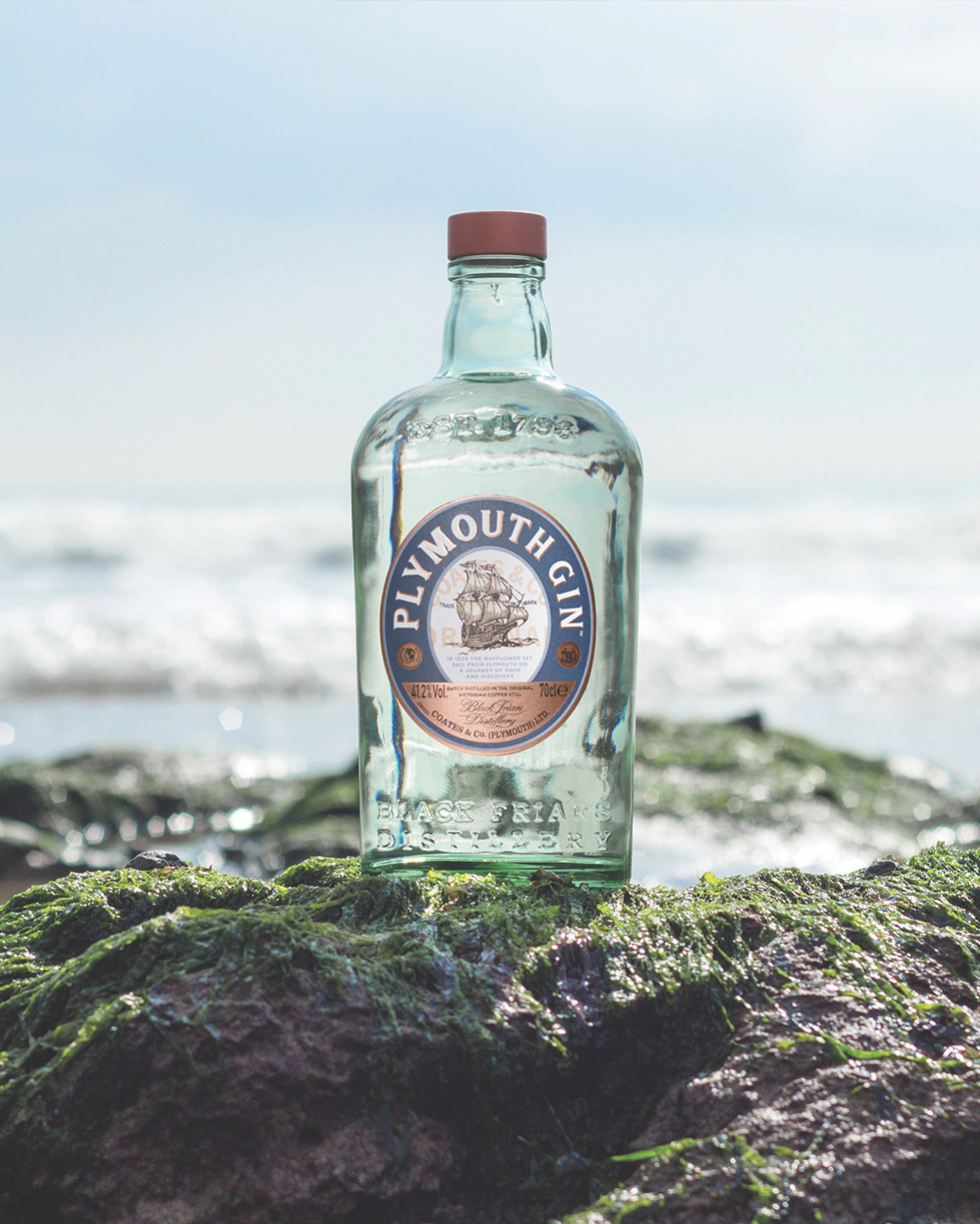
Plymouth Gin is both a style and brand of gin that must be made in Plymouth, England—where only one distillery remains. It is one of only three gins in the world that carries a geographical indication (GI) designation with the European Union which certifies its traditional origin. Plymouth gin is sweeter than London Dry and has a distinctive earthy flavour that comes from the use of root botanicals like liquorice and orris.
Old Tom
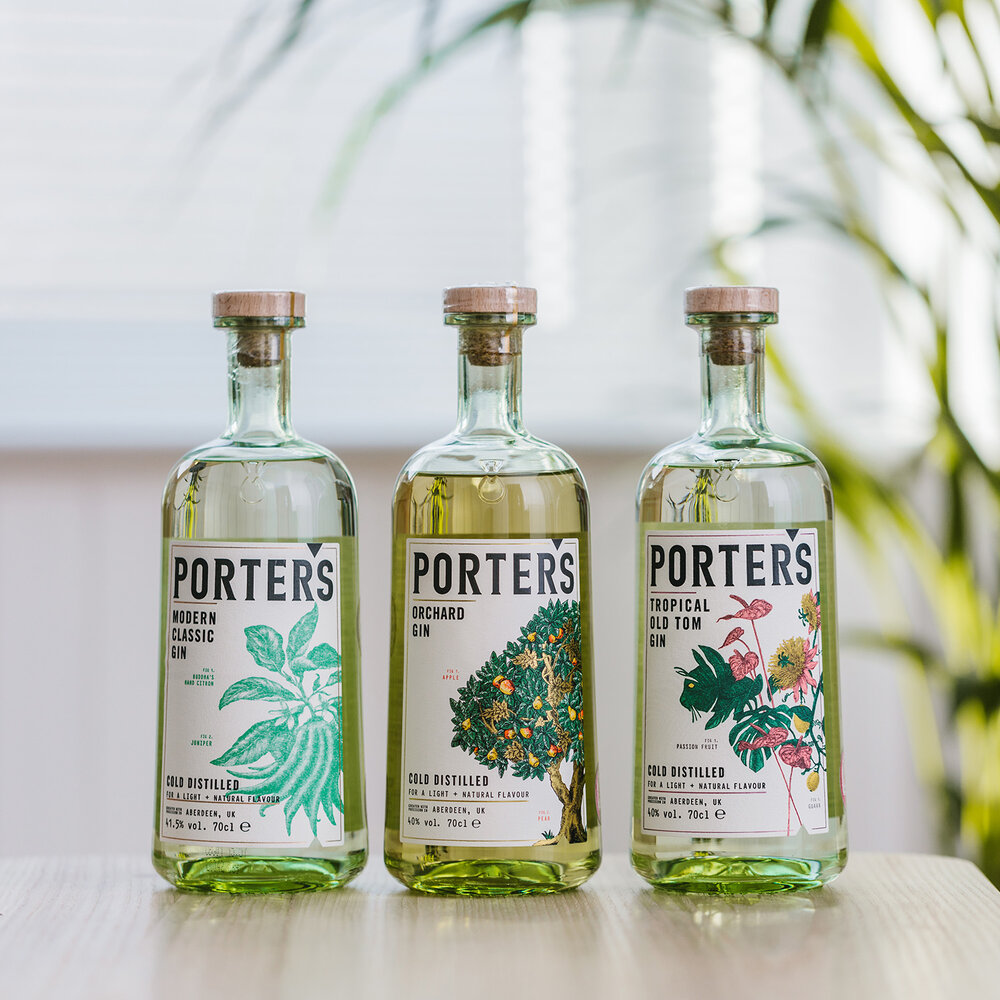
As its name implies, Old Tom is an older style of gin that harks back to 18th century England. Interestingly, the name comes from the wooden signboards placed outside pubs in England back in those days, which were shaped like Old Tom cats. There are no strict regulations for making an Old Tom gin, but this style of gin is typically sweeter. It is commonly used as the base spirit for a classic Tom Collins cocktail.
Navy Strength
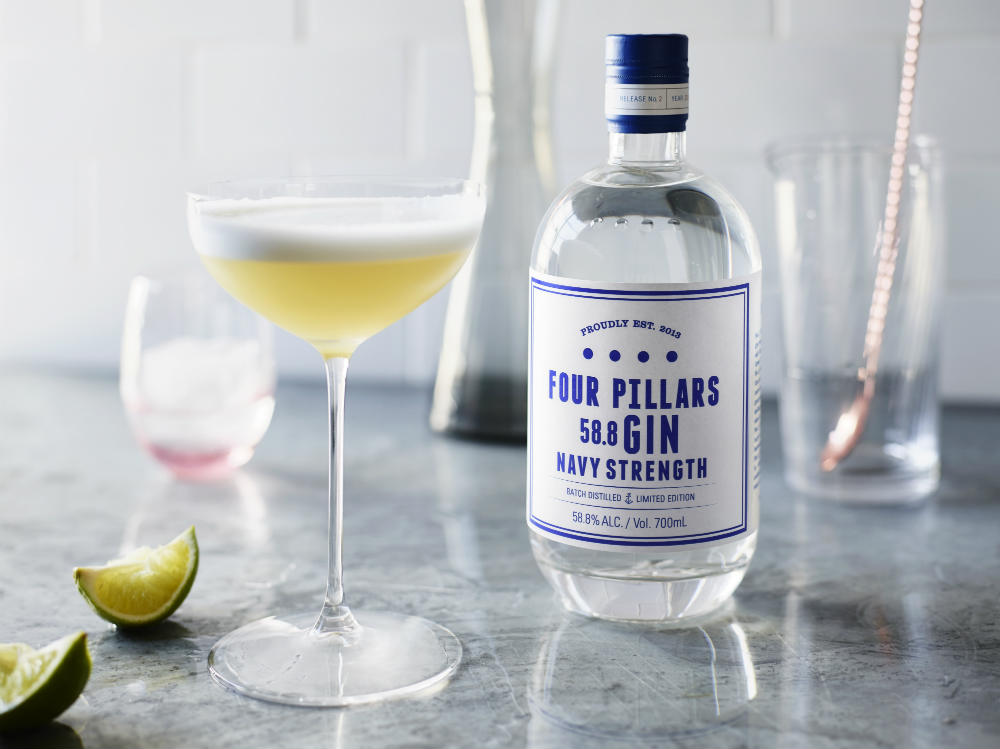
When talking about spirits, navy strength indicates an ABV of 57 per cent and Navy Strength gin is no different. The name is inspired by the traditional practice of the British Royal Navy to test the quality of a spirit to make sure it is not watered down by dousing the spirit in gunpowder. If the gunpowder could still ignite, it meant that the gin was the real deal. However, the term ‘navy strength’ is a device of modern marketing, coined in the 1990s. Technically, any gin can be considered Navy Strength gin as long as it has a minimum of 57 per cent ABV.
Find more BURO Bar Lingo stories here.
| SHARE THE STORY | |
| Explore More |



